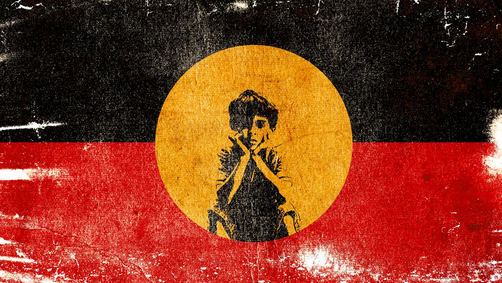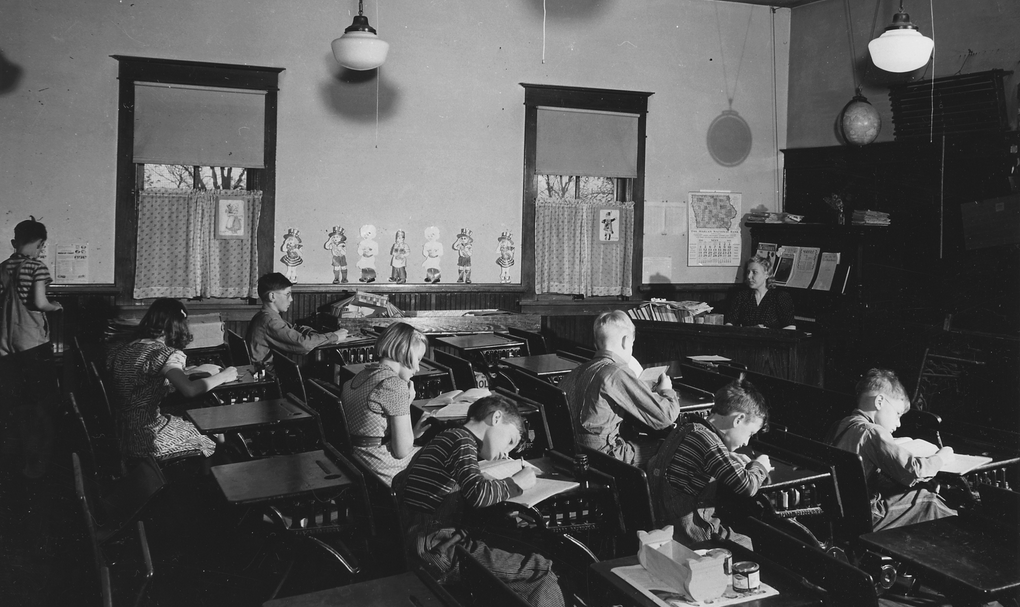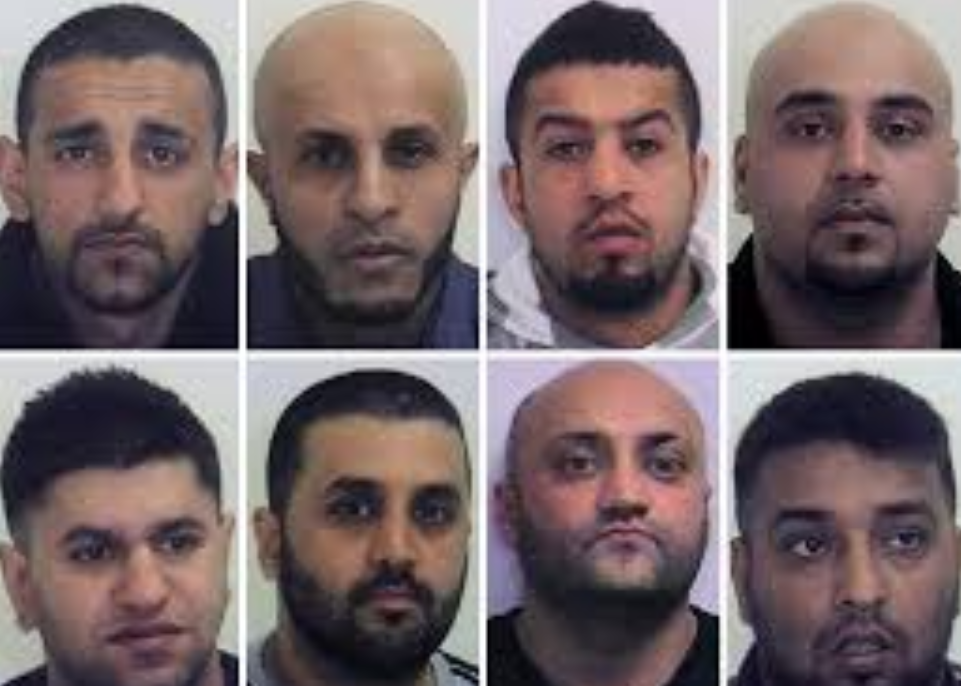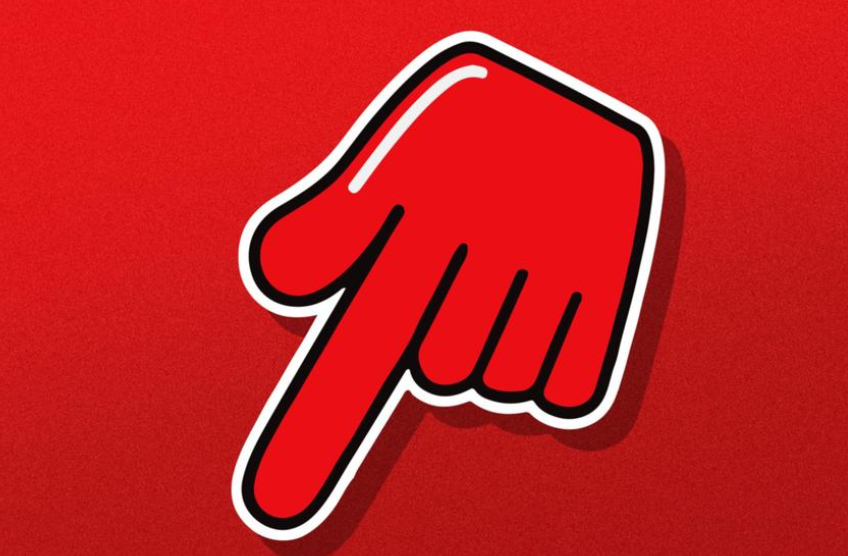
Black Deaths, Blue Shirts, Killer Lies
Ironically, calls to “defund” service providers by those who routinely engage in virtue-signalling has the effect of confirming the truth: police did not and do not kill indigenous people in custody. Take the recent tragic death of Patrina Pascoe in Cairns. The causes of her death, while tragic, are all too common and sad. But the appalling frequency of such deaths is not the cause of the muted mainstream media interest. The lack of interest is because she died in the custody of staff at Lyons Street Diversionary Centre, a sobering-up facility rather than a police watchhouse. Her death doesn’t fit the narrative. Her passing can’t be weaponised against police and is therefore of limited interest to the self-styled great and good. Ms Pascoe was originally from Lockhart River, a town I lived and worked in as a police officer. I am acquainted with members of her family. She moved to Cairns, lived on the streets, was picked up by the diversionary bus and taken back to the Lyons Street centre to recover, but died there instead. Almost all the staff of Lyons Street are indigenous and, when I was in the police, so were the management.
The shelters perform an important role. Over the years I took hundreds of people to Lyons Street. I’ve met lots of shelter workers and never met anyone who didn’t at least present as humane and caring—decent people doing a tough, sometimes dangerous, always thankless task in challenging circumstances. I can tell you, it sucks looking after drunks: hidden weapons in beltlines and uncapped needles in pockets; listening to incoherent insults; having to clean up the spew, faeces or urine of someone who just abused and assaulted you. So better the shelter workers than the police, I always thought. When there are deaths, which there inevitably are due to the nature of the problem, not having the coppers taking the blame and being subject to yet more baseless allegations of racism is a good thing.
Diversionary centres like Lyons Street were created because of the Royal Commission into Aboriginal Deaths in Custody which ran from the late 1980s to early 1990s. The commission was established because of concern that deaths of Aboriginal people in custody were too common, that foul play or indifference motivated by racism was a factor. It was the longest-running and most comprehensive royal commission in Australian history to that time. It found no foul play. While it noted that indigenous people were much more involved with police and the justice system, it couldn’t allege that racially motivated indifference caused the deaths. In fact it found that the rates of death in comparable situations were worse for non-indigenous people.
I’m not arguing that the Royal Commission didn’t find serious structural problems. It did. Sub-standard care contributed to the death toll and many deaths were avoidable. In a replay of pre-Royal Commission police custody, allegations of sub-standard care contributing to Ms Pascoe’s death are being investigated. Perhaps the coroner’s inquiry might reveal that someone failed to do their duty. But clearly, the problem isn’t racist police any more than it’s racist shelter workers who are almost to a person indigenous themselves.
The tragic deaths disprove the false, but widely believed lie. Not that there is any light of truth-telling at the end of this dark tunnel of lies. If anything, it’s getting worse. In the National Indigenous Times in July, Professor Chelsea Watego expressed outrage at police liaison officers having fun with indigenous kids at a NAIDOC event by letting them sit in a police van. Apparently, liaison officers laughing and playing with indigenous kids is meant to cause national outrage. But why no article on Ms Pascoe? Why focus on a non-issue when the continuing deaths of disadvantaged indigenous people point to real issues that need to be explored without fear or favour?
The investigation of the deaths of indigenous people in what was in effect the custody of shelter workers could, if done honestly and in the serious pursuit of truth, reveal real causes and thereby lead to solutions shaped by fact rather than narrative. While the real issue of how to tackle widespread alcoholism in the indigenous community often seems too big to tackle, there are some people asking probing questions. An example is the coroner’s inquest into the death of Benjamin Ware. He died in 2005 in the same Cairns shelter and in similar circumstances to Ms Pascoe.The coroner compares and contrasts police procedures and training with those of the shelter at the time, noting the shelter had more clarity around procedures for missing a shift than for dealing with drunks. He also observed that indigenous people would probably be safer with the coppers: “The standard of care provided by Qld Police Service to intoxicated persons in custody as reflected in its Operational Procedures Manual exceeded the standard of care provided by the Aboriginal & Islander Alcohol Relief Service as reflected in its documented procedures.”
So much for the idea that indigenous service providers looking after drunk indigenous people will solve the problem of deaths in custody. If there actually comes a time when narratives are tossed aside and responses are based on facts, don’t be surprised if someone, somewhere makes a recommendation to return responsibility of caring for intoxicated indigenous people back to police. Even ideas are subject to the circle of life.
To ask real questions and make observations that counter the “killer cop” narrative requires real courage, not the fake valour assumed by red-herring spotters like Professor Watego. Because any fact finder—be they coroner, journalist, copper or advocate—asking real questions will bring down the wrath of the Aboriginal aristocracy which runs the indigenous industry. Just ask Dr Anthony Dillon or Senator Jacinta Price. This is because the massive indigenous-guilt-industrial complex is founded on falsehoods and trades on division. That industry enables, exploits and perpetuates disadvantage. That industry is itself dependent on dependence and division.
That industry will only bloat and grow if the proposed “truth-telling” commissions get up in the states and Commonwealth. It has been proven over the thirty-plus years since the Royal Commission that self-styled truth-tellers can’t identify, let alone handle, the truth on matters of life and death. But of course, this “truth-telling” is not really about truth. Imagine the money and power the indigenous-guilt-industrial complex will get if they are put in charge of writing the official narrative for our nation’s history, creating a founding falsehood which will give endless opportunities to extort guilt money and use “disinformation” laws to punish dissenters. Their narrative will not only be taught in our schools but weaponised in all political arguments in the future. There is nothing that could not be justified.
It has already started. The industry has rigged what evidence will be admissible. Read the Tandanya Adelaide Declaration. It clearly articulates that any evidence in archives which may counter the narrative the Aboriginal aristocracy tells can’t be accessed by the public and researchers, let alone submitted to truth-telling inquiries, without the permission of those in the indigenous industry. Any facts or evidence which could possibly justify, excuse, explain or give any positive contextual understanding to any action taken by the colonials will be legally suppressed. Anything that uncovers infanticide, cannibalism or generally shows pre-indigenous culture in a negative light will be suppressed. These “truth-telling” inquiries will make the Salem witch trials look like models of due process.
Is there cause for hope? Are the observations by the coroner—muted and not about the main issues as they are—green shoots pointing towards a time when real questions will be asked? In the same way that darkness gives meaning to light, will the fighting against straw men inadvertently demonstrate what the problems aren’t? I think it will.
But while the arc of the universe does bend towards justice, it’s a long arc. We will have to sort through schools of red herrings. In the meantime, the loud lies will drown out the soft truths, and unfortunately there are too many people who would rather let real people die than listen to the voices that speak in their heads.
Martin Lynch is a former police officer in Queensland. He has written of his experiences in several articles for Quadrant in recent years.




